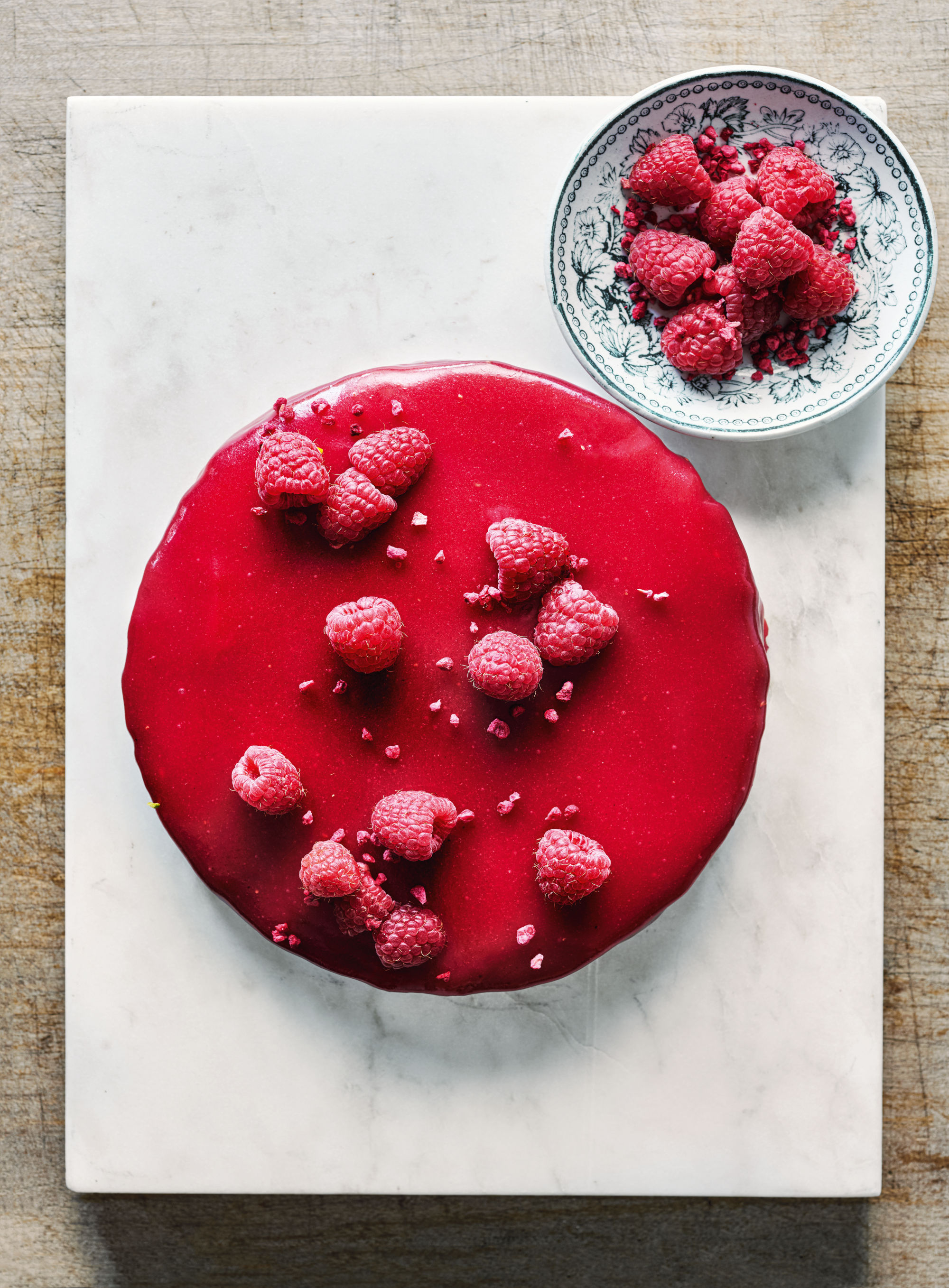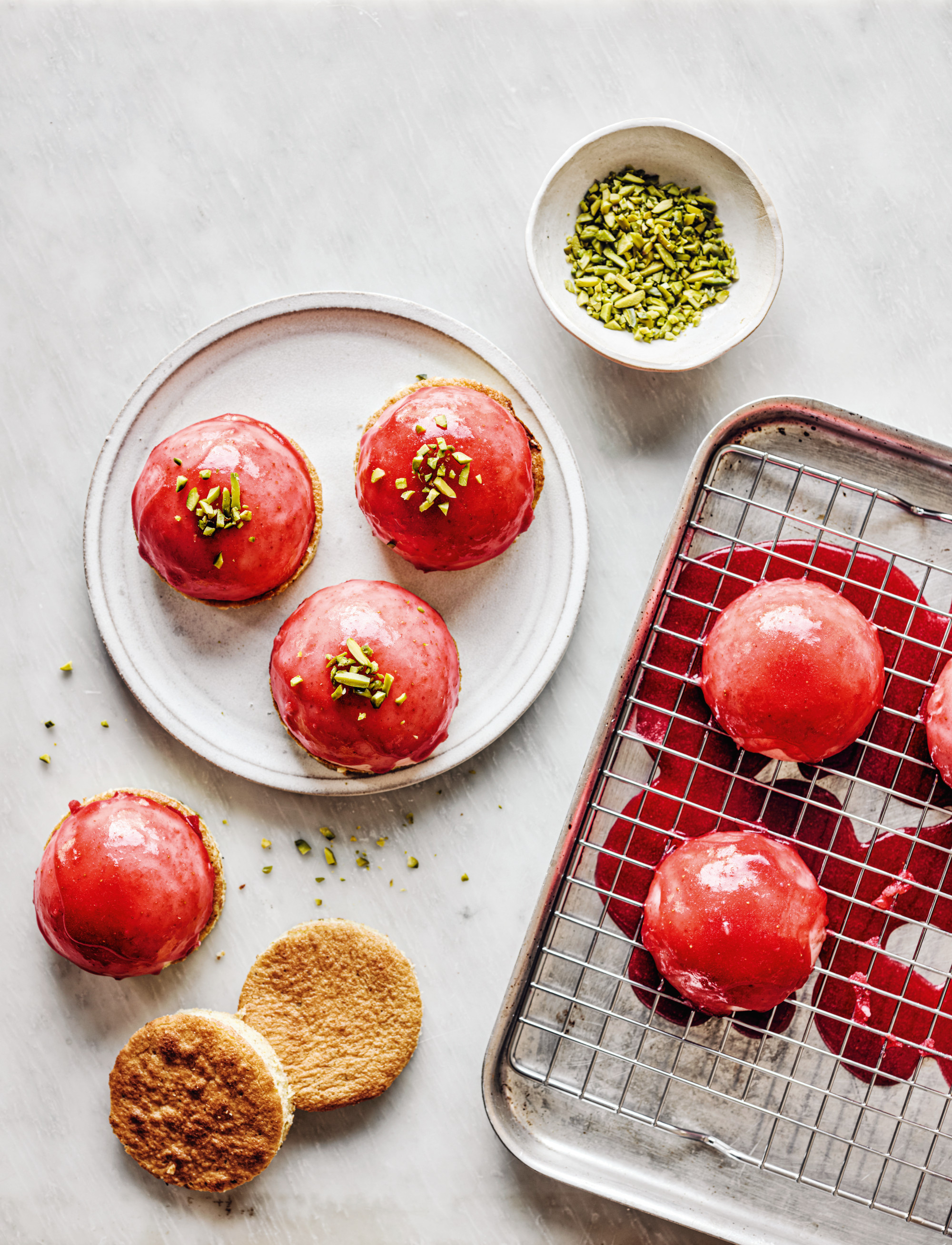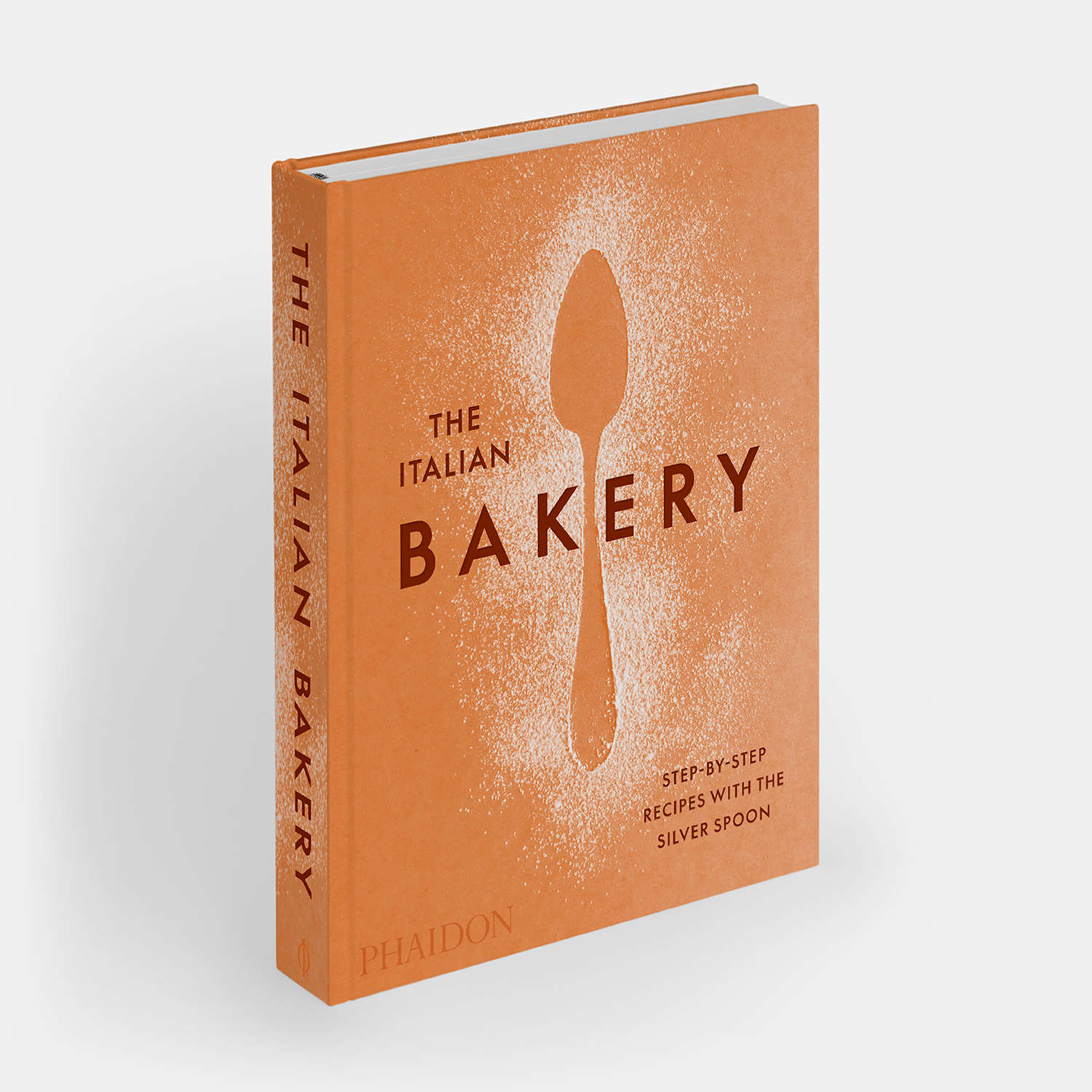
Get all set for the Italian sweet life
Do your desserts tend to fall flat? Our new book The Italian Bakery provides a masterclass in how to makes things stick - brilliantly
Leaf through the pages of The Italian Bakery, and you soon understand the difference between being handy with a little cake batter and being a true maestro in the dolce department. This new book forms part of our Silver Spoon library, a series that draws on the tried-and-tested recipes of the canonical 1950 cookbook, Il cucchiaio d'argento or The Silver Spoon – one of the most consequential culinary titles of all time.
For decades, this beloved text has helped everyone from newlyweds to experienced nonnas and nonnos cook great food for themselves, their friends and family. The Italian Bakery extracts the sweetest parts of the original Silver Spoon, delivering, for the first time, just the best dolci dishes from its pages.
Yet this doesn’t describe the full extent of information and instructions contained within The Italian Bakery The book also includes many glossaries, covering ingredients, implements, as well as the science of baking. There are numerous step-by-step guides too, breaking down simple, repetitive tasks that must be mastered to make great sweet baked goods, such as mixing pie dough, creating glace icing, or getting setting agents to gel just so.
As the book explains, there are a couple of different types of setting agents, gelatin, which is derived from pork or beef collagen; agar agar, a vegan alternative to gelatin made from seaweed; and pectin, a fruit starch which is used to set jams and preserves.
Of these, gelatin requires a little more unpacking. “There are different grades and types,” explains the book. “The most readily available are: platinum, gold, silver, bronze, and titanium. The term ‘bloom’ refers to the strength of the gelatin. If the bloom is higher, it is stronger and produces a firmer set. Platinum is the highest in strength, decreasing to the lowest, titanium. The recipes in this book call for platinum gelatin sheets, but other grades can be substituted without affecting the end result. Platinum and gold sheets weigh less per sheet than bronze or titanium sheets, but they are stronger. Gelatin does vary between manufacturers and countries, so check the instructions on the packaging when judging the amount needed."
Gelatin also comes in sheets or powders, each of which have slightly different properties. “Sheet gelatin is popular as it dissolves quickly in warm liquids, when making cooked preparation,” says the new book. “Although it is important not to boil a preparation once the gelatin has been added, as that reduces its setting power.

“Like sheet gelatin, powdered gelatin also needs to be soaked in cold water before using,” the text goes on. “However, powdered gelatin absorbs the water like a sponge before being added to a preparation. When soaking powdered gelatin, use the ratio 1 part powdered gelatin to 5 parts water.”
Got all that? Well, this is how to get gelatin just right before you gel and glaze your baked goods: Pour cold water into a pitcher (jug), bowl, or container and place the sheet gelatin in the water. Ensure that the sheets are completely immersed in the water. Leave the sheets to soak in the water for 5 minutes, until they are completely rehydrated and soft. Drain the sheets and squeeze them with your hands to remove as much water as possible. At this point, the gelatin is ready to be added to the warm mixture that is to be thickened. Stir until the gelatin has completely dissolved.
If it hasn’t worked out as you'd like, try running through The Italian Bakery s tips and tricks.”Once the soaked sheets are added to a warm mixture, continue to cook the mixture for a few seconds, stirring continuously, without letting the mixture come to the boil,” explains the text. “In fact, gelatin starts to dissolve at 98°F/37°C, but its ability to set a mixture and the final result will be compromised if the temperature exceeds 158°F/70°C. When cooling a mixture to which gelatin has been added, the longer this cooling stage takes, the better the mixture will thicken. Therefore, it is not advisable to cool any mixture quickly in the freezer to speed up the setting process.”

For more sweet inspiration, order a copy of The Italian Bakery here.